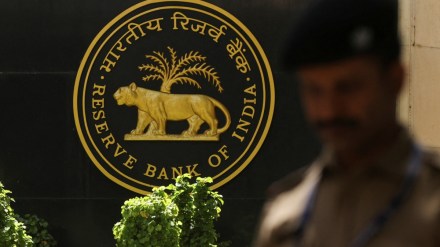The corporate sector must “get its act together” and relieve the government of capex heavy lifting, Reserve Bank of India (RBI) officials have said in the February bulletin. Private companies, said the article titled ‘State of the Economy’, must leverage the government’s recent decision to lower the market borrowing target in the coming fiscal to their advantage.
The easing of borrowing costs has already begun in response to the Interim Budget for 2024-25, driven as it is by capex and consolidation, the officials said. The advantage refers to the increased space for companies to borrow from the market owing to lower availability of sovereign debt papers.
The article, authored by a team led by RBI deputy governor Michael Debabrata Patra, said expectations for a fresh round of capex by the corporate sector to take the baton from the government and fuel the next leg of growth are mounting. Balance sheets are healthy on the back of high profits, with leverage remaining constant or improving and the return ratio at a multi-year high. Fixed asset growth is already evident in the oil and gas sector and in chemicals.
The report said total cost of projects for which loans were sanctioned by major banks stood at Rs 2.4 trillion during April-December 2023, which was 23% higher on year. Funds raised through external commercial borrowings (ECBs) for capital expenditure and initial public offerings (IPOs) remained robust during the second and third quarters of the current financial year, though their levels were lower than Q1FY24. During April-December 2023, ECB registrations, at $36.1 billion, and disbursements at $25.6 billion, have been higher than their levels in the corresponding period in earlier years, the report said.
In sectors such as steel and automobiles, for which stock returns have exceeded index returns, fixed asset additions have, however, been underwhelming.
Capex plans of the power sector are the most ambitious, but leverage is high among distribution companies. Even so, the article said, India has made big strides in the green energy sector over the last decade, with renewable power constituting 43% of the total installed power capacity. The corporates must seize this lever to expand capex, especially with the target of tripling renewable energy capacity to 500 gigawatts by 2030.
